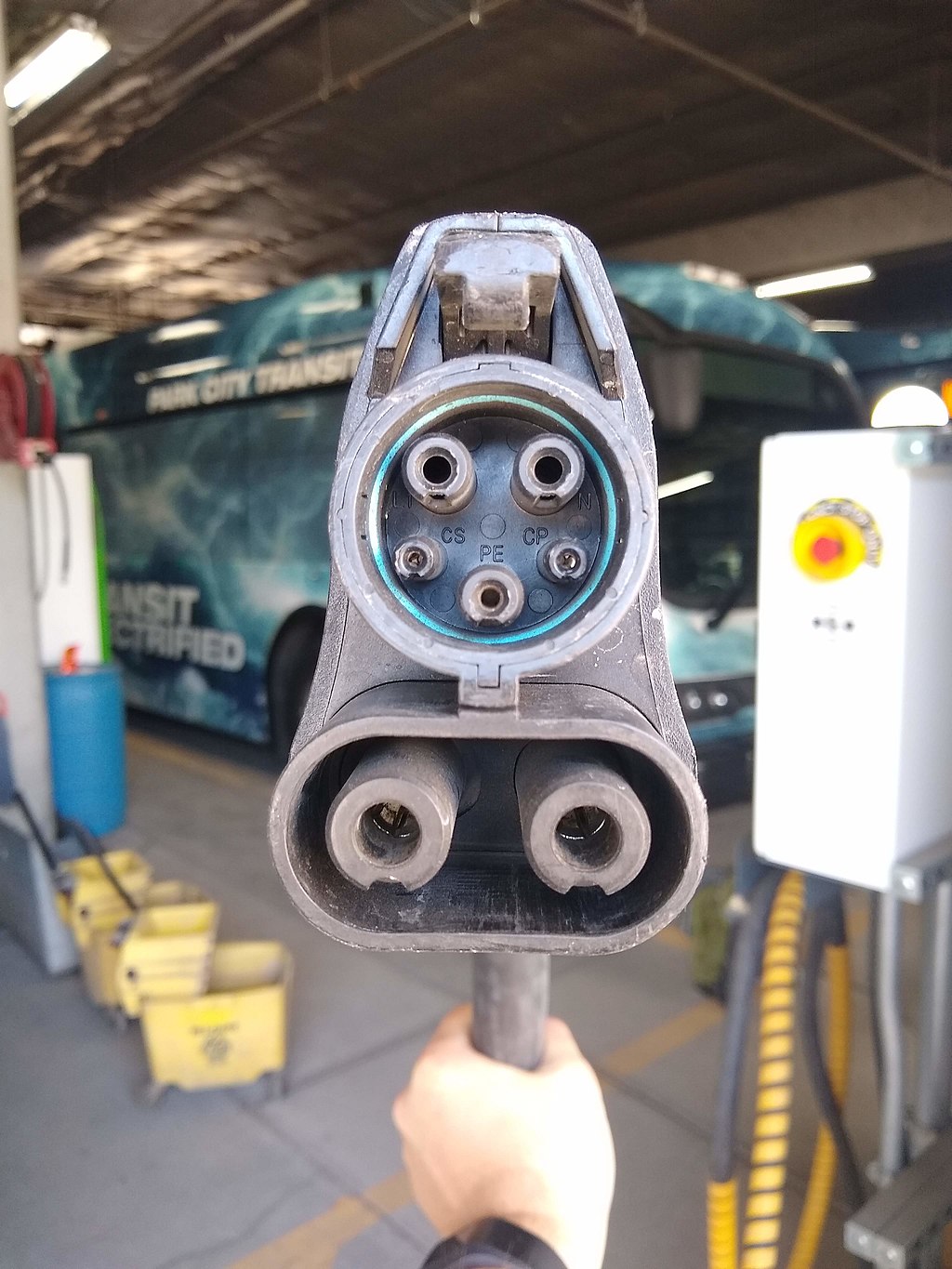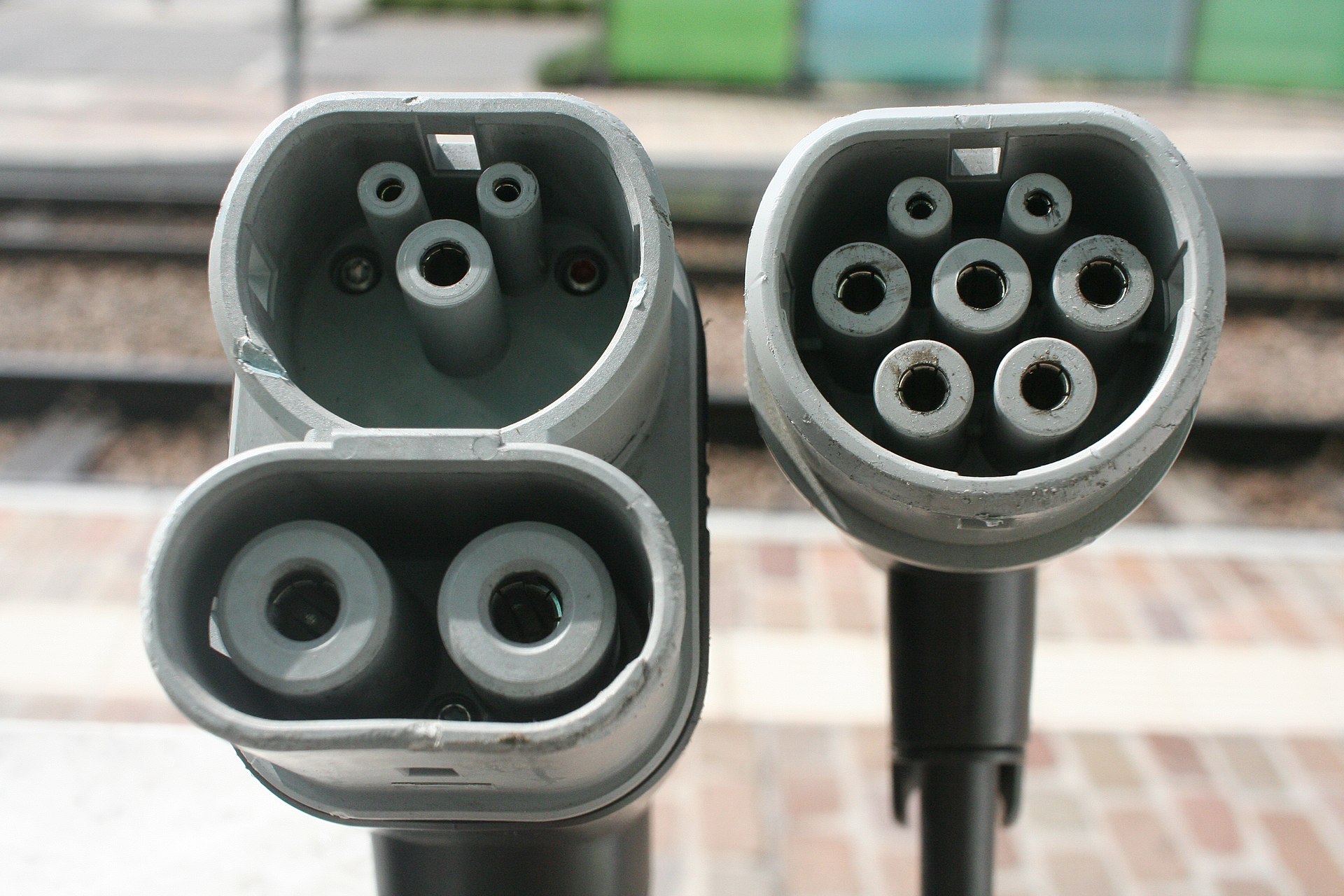The rise of electric vehicles (EVs) has brought with it a need for robust and efficient charging infrastructure. As more drivers make the switch to electric, understanding the various charging standards is crucial. Among these standards, CCS1 and CCS2 are two of the most prominent, each with unique characteristics and regional adoptions. But what exactly sets these two apart? In this article, we’ll dive into the details, comparing CCS1 and CCS2 to help you better understand their differences and implications.
The Combined Charging System, commonly known as CCS, is a standardized system for charging electric vehicles. Developed as a response to the growing need for a universal EV charging standard, CCS integrates both AC (alternating current) and DC (direct current) charging capabilities. This flexibility makes it a preferred choice for many automakers and consumers alike.
Definition and Evolution of CCS
CCS was developed to simplify the charging process by combining different types of connectors and charging protocols into one system. The evolution of CCS began with the need to standardize charging solutions across different vehicle manufacturers, reducing the complexity and improving interoperability.
Role of CCS in Electric Vehicle Charging
CCS plays a critical role in the global adoption of electric vehicles. It offers a versatile and scalable solution that can accommodate various charging speeds, from slow AC home charging to fast DC public charging stations. This adaptability has made CCS a key player in the EV industry.
Definition of CCS1
CCS1, also known as the SAE Combo, is a charging standard predominantly used in North America. It combines the standard J1772 connector with two additional DC pins, allowing for both AC and DC charging through a single connector.
Design and Structure of CCS1 Connectors
The CCS1 connector is designed with a specific focus on the North American market. It features a compact design that integrates the AC and DC connectors into one unit, making it convenient for use in both residential and commercial charging stations.
Adoption of CCS1 in Various Regions
Use in North America
CCS1 is widely adopted across the United States and Canada, making it the standard for most electric vehicles in these regions. Its design is compliant with the SAE (Society of Automotive Engineers) standards, ensuring compatibility with the majority of EVs in North America.
Compliance with SAE Standards
The compliance of CCS1 with SAE standards has been a significant factor in its widespread adoption. These standards ensure that CCS1 can be used across various vehicle brands, promoting a more unified and accessible charging network.

Definition of CCS2
CCS2, also known as the IEC Combo, is a charging standard that is predominantly used in Europe and other regions outside North America. It integrates the Mennekes Type 2 connector with two additional DC pins, offering both AC and DC charging capabilities.
Design and Structure of CCS2 Connectors
The CCS2 connector is slightly larger than its CCS1 counterpart, reflecting its design for the European market. The inclusion of the Type 2 connector, which is standard in Europe, allows for broader compatibility with European EVs.
Adoption of CCS2 in Various Regions
Use in Europe and Other Regions
CCS2 is the standard across Europe and many other parts of the world. Its adoption is supported by the International Electrotechnical Commission (IEC) standards, ensuring a high level of compatibility with a wide range of vehicles.
Compliance with IEC Standards
The adherence to IEC standards has been crucial in the global adoption of CCS2. These standards promote interoperability and ensure that CCS2 can be used across different regions and vehicle brands, supporting the global expansion of EV infrastructure.

Connector Design
Physical Differences
One of the most noticeable differences between CCS1 and CCS2 is their physical design. CCS1 connectors are generally more compact, designed to fit the specific needs of the North American market. In contrast, CCS2 connectors are larger and incorporate the European Type 2 design, making them more versatile for use in various regions.
Compatibility with Different Vehicles
While both CCS1 and CCS2 offer broad compatibility with various EVs, their design differences mean that they are not interchangeable. Vehicles equipped with a CCS1 port cannot use a CCS type 2 charger and vice versa, without an adapter.
Electrical Specifications
Voltage and Current Capabilities
CCS1 and CCS2 also differ in their electrical specifications. CCS2 connectors generally support higher voltage and current levels, allowing for faster charging times. This difference is particularly significant in regions where rapid charging is essential for EV adoption.
Charging Speeds
The charging speeds offered by CCS2 are often higher than those provided by CCS1, thanks to its superior electrical capabilities. This makes CCS2 a preferred choice in regions where fast charging infrastructure is more developed.
Regional Adoption
Market Preferences
The regional adoption of CCS1 and CCS2 is influenced by market preferences and the existing infrastructure. In North America, the preference for CCS1 is driven by its compliance with local standards, while in Europe, CCS2 is favored due to its compatibility with the broader range of vehicles and charging stations.
Infrastructure Availability
Infrastructure availability plays a crucial role in the adoption of these standards. In regions where CCS1 or CCS2 infrastructure is more developed, the respective standard tends to dominate, influencing consumer and manufacturer preferences.
Pros of CCS1
Widespread Use in North America
One of the main advantages of CCS1 is its widespread use in North America. The established infrastructure and compatibility with a wide range of vehicles make it a convenient choice for consumers in this region.
Compatibility with Existing Infrastructure
CCS1's compatibility with existing infrastructure, particularly in North America, ensures that it remains a reliable and accessible option for EV owners. This compatibility extends to both residential and public charging stations.
Cons of CCS1
Limited Use Outside North America
A significant drawback of CCS1 is its limited use outside North America. As a result, vehicles equipped with CCS1 may face challenges when traveling to regions where CCS2 is the dominant standard.
Potential Compatibility Issues
Potential compatibility issues can arise when trying to use CCS1-equipped vehicles in regions where CCS2 infrastructure is more prevalent. This limitation can hinder the global mobility of EVs equipped with CCS1 ports.
Pros of CCS2
International Standardization
CCS2's international standardization is one of its greatest strengths. Its compliance with IEC standards ensures broad compatibility with vehicles and infrastructure worldwide, supporting global EV adoption.
Higher Power Capabilities
The higher power capabilities of CCS2 make it a superior choice for fast charging, particularly in regions where rapid charging infrastructure is well-developed. This advantage supports the growing demand for efficient and convenient EV charging solutions.
Cons of CCS2
Limited Adoption in Some Regions
Despite its advantages, CCS2 has limited adoption in some regions, particularly in North America. This limitation can pose challenges for drivers who require access to CCS2 chargers while traveling in these areas.
Infrastructure Challenges
Building the necessary infrastructure to support CCS2 can be challenging, particularly in regions where CCS1 is already established. These challenges can slow the adoption of CCS2 and limit its availability in certain markets.
Impact on Global Electric Vehicle Adoption
The differences between CCS1 and CCS2 have a significant impact on global EV adoption. These standards influence everything from vehicle design to infrastructure development, shaping the future of electric mobility.
Influence on Future Infrastructure Development
As the demand for electric vehicles continues to grow, the differences between CCS1 and CCS2 will play a crucial role in future infrastructure development. Understanding these differences is essential for policymakers, manufacturers, and consumers alike as they navigate the evolving landscape of EV charging.
In conclusion, while CCS1 and CCS2 share the common goal of providing efficient charging solutions for electric vehicles, they differ significantly in their design, capabilities, and regional adoption. Understanding these differences is crucial for anyone involved in the EV industry, from manufacturers to consumers. As the world continues to embrace electric mobility, the evolution of these standards will play a pivotal role in shaping the future of transportation.